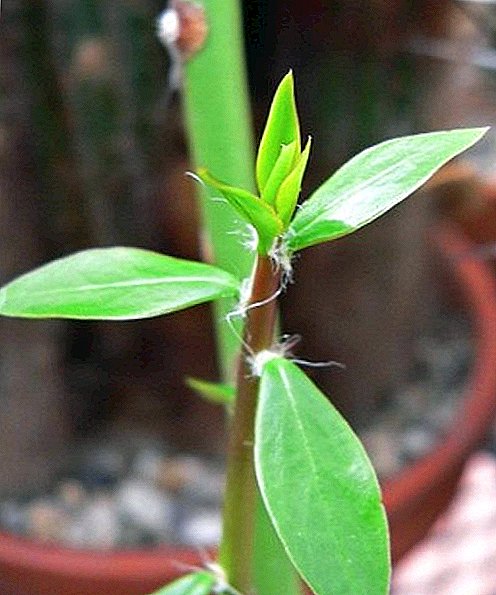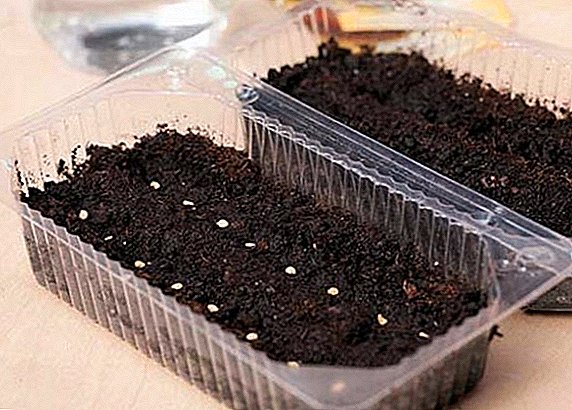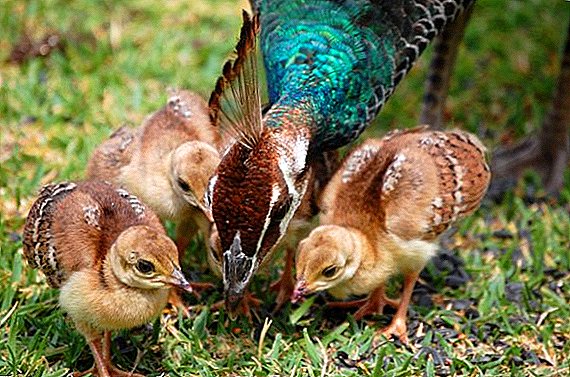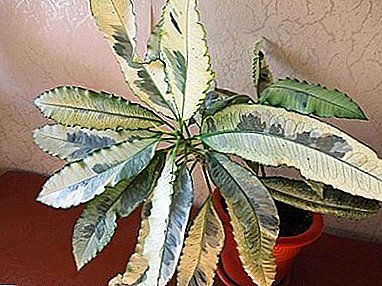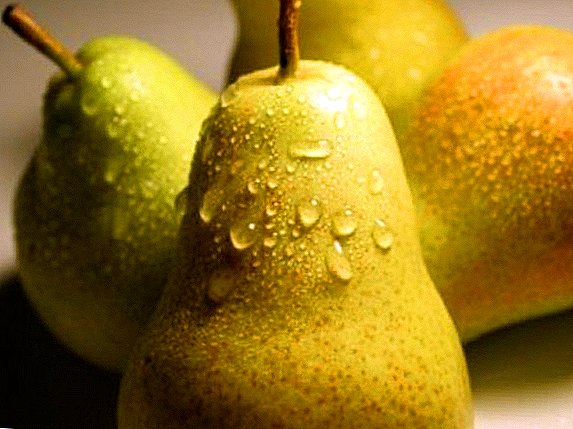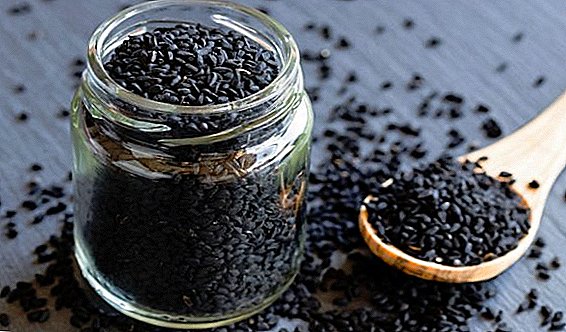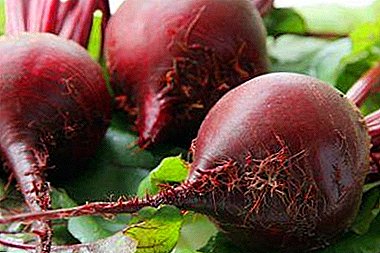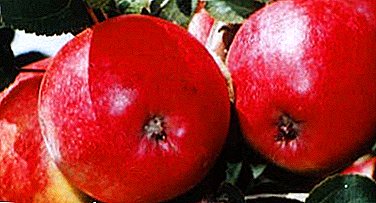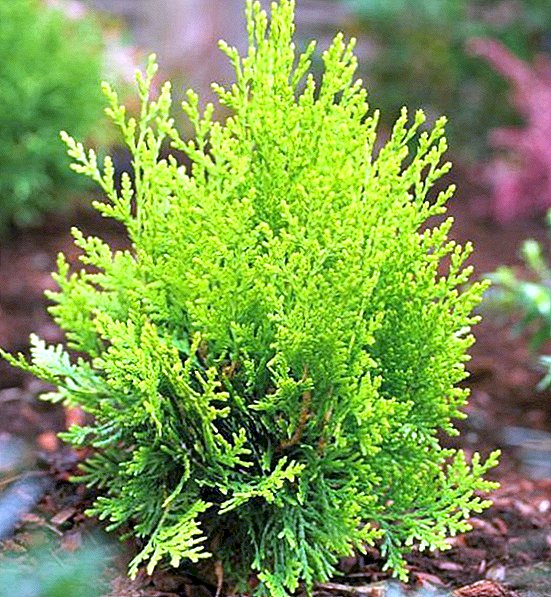 In an effort to decorate your plot with ornamental plants, you inevitably have to reckon with the characteristics of the local climate. Very convenient in this regard is the thuja, which is suitable for a variety of climatic conditions, even for Siberian frosts. To find the right variety for you, you need to familiarize yourself with the plant varieties, as well as with the specifics of planting and care.
In an effort to decorate your plot with ornamental plants, you inevitably have to reckon with the characteristics of the local climate. Very convenient in this regard is the thuja, which is suitable for a variety of climatic conditions, even for Siberian frosts. To find the right variety for you, you need to familiarize yourself with the plant varieties, as well as with the specifics of planting and care.
Cold resistant varieties
Frost-resistant thuja, as a rule, belong to the species of thuja western (Thuja occidentalis), which is very widespread in ornamental gardening. Suffice it to say that on its basis breeders have bred over 120 varieties. Now we consider the most resistant to low temperatures.
Thuja "Brabant" ('Brabant') - A tree reaching a height of 4 meters. The crown has the form of a column 1.5 meters in diameter. The plant is covered with green needles, which becomes brown in winter. The trees of this variety grow quickly: during the year they grow higher by 30 cm and wider by 15 cm. A very unpretentious plant that tolerates occasional cutting. "Brabant" feels comfortable in a well-lit place, but a small shadow also does not hurt him. It is better to protect it from drafts. Flowering occurs in May. After that, egg-shaped cones appear on it. It would be best to plant "Brabant" in black soil.  Brabant Tuyu "Smaragd" ('Smaragd') It characterizes the height of up to 4.5 meters, the crown in the form of a cone, the dense structure of the branches. The needles are dark green in color, which persists even in winter. This tree is not characterized by rapid growth, likes regular irrigation. Most often, "Smaragd" is used to mark the territory of the land. Because of its slow growth, the tree does not need frequent cutting.
Brabant Tuyu "Smaragd" ('Smaragd') It characterizes the height of up to 4.5 meters, the crown in the form of a cone, the dense structure of the branches. The needles are dark green in color, which persists even in winter. This tree is not characterized by rapid growth, likes regular irrigation. Most often, "Smaragd" is used to mark the territory of the land. Because of its slow growth, the tree does not need frequent cutting.  Smaragd "Columna" ('Columna') can be recognized by the height of 6 meters and a diameter of 1.5 meters. The krone differs in density, compactness, horizontal shoots, scaly needles of dark green color which remains such all winter. "Columna" can grow by 20 cm per year. Its advantage is the lack of requirements for soil and air temperature, as this variety is very cold resistant. The plant is used to imitate the Crimean cypress trees, create an atmosphere of Mediterranean style. Requires medium soil moisture and moderate fertility. If drought prevails, the tree may die. It survives well in half-shaded territory.
Smaragd "Columna" ('Columna') can be recognized by the height of 6 meters and a diameter of 1.5 meters. The krone differs in density, compactness, horizontal shoots, scaly needles of dark green color which remains such all winter. "Columna" can grow by 20 cm per year. Its advantage is the lack of requirements for soil and air temperature, as this variety is very cold resistant. The plant is used to imitate the Crimean cypress trees, create an atmosphere of Mediterranean style. Requires medium soil moisture and moderate fertility. If drought prevails, the tree may die. It survives well in half-shaded territory.  Columna Tuyu Holmstrup ('Holemstrur') originally from Denmark can be determined by the height of the trunk of 3 meters and the meter diameter of the crown, which has the form of a column. The needles differ in especially dense curliness and year-round firmness of color. The most suitable variety for busy people, because it does not require special care. During the year, Holmstrukt grows a maximum of 12 cm high and 4 cm wide. Holmstrup can reach its maximum height 40 years after landing in the ground. Survives in dry or excessively wet conditions, sunny and shady areas.
Columna Tuyu Holmstrup ('Holemstrur') originally from Denmark can be determined by the height of the trunk of 3 meters and the meter diameter of the crown, which has the form of a column. The needles differ in especially dense curliness and year-round firmness of color. The most suitable variety for busy people, because it does not require special care. During the year, Holmstrukt grows a maximum of 12 cm high and 4 cm wide. Holmstrup can reach its maximum height 40 years after landing in the ground. Survives in dry or excessively wet conditions, sunny and shady areas.  Butlmstrur 'Fastigiata' characterizes the shape of the column, pressed to the center of the tree shoots, light green fluffy needles, height about 6 meters, dwelling in the middle lane. It grows to 30 cm annually. “Fasciata” continues to grow excellently after shearing, without changing the color during the winter. Differs in frost resistance. The shape of a cypress. Cones of this variety are barely noticeable, brown.
Butlmstrur 'Fastigiata' characterizes the shape of the column, pressed to the center of the tree shoots, light green fluffy needles, height about 6 meters, dwelling in the middle lane. It grows to 30 cm annually. “Fasciata” continues to grow excellently after shearing, without changing the color during the winter. Differs in frost resistance. The shape of a cypress. Cones of this variety are barely noticeable, brown.  Fastigata 'Sunkist' we can recognize by the height of about 5 meters and the conical crown with a diameter of 2 meters, large and dense, with thick ruffled branches. The color of the needles is golden yellow and becomes bronze during aging. Over 10 years can grow by 2 meters. It is characterized by resistance to sub-zero temperature, light-loving. Suitable for group planting, and for single.
Fastigata 'Sunkist' we can recognize by the height of about 5 meters and the conical crown with a diameter of 2 meters, large and dense, with thick ruffled branches. The color of the needles is golden yellow and becomes bronze during aging. Over 10 years can grow by 2 meters. It is characterized by resistance to sub-zero temperature, light-loving. Suitable for group planting, and for single.  Sunkist thuja Wagneri ('Wagneri') reaches a height of 3 meters and a width of 1.5 meters. Crohn ovoid, dense, gray-green with a copper sheen. Fertile, constantly wet ground and open light territory are important for the variety. “Wagneri” is rarely cut, as she herself retains the original shape of the crown.
Sunkist thuja Wagneri ('Wagneri') reaches a height of 3 meters and a width of 1.5 meters. Crohn ovoid, dense, gray-green with a copper sheen. Fertile, constantly wet ground and open light territory are important for the variety. “Wagneri” is rarely cut, as she herself retains the original shape of the crown.  Wagneri "Cloth of Gold" ('Cloth of Gold') - thuja in the form of a low (up to 2 meters) shrub, whose width is 1.5 meters. Its crown has the form of an ellipse or cone, which consists of soft needles of needle-like and scaly type with lemon or copper color. Quickly "Cloth of Gold" will not grow. It needs high-quality drainage, moderately fertile land, the presence of alkali in it. May die from excess water. Loves sunshine or partial shade.
Wagneri "Cloth of Gold" ('Cloth of Gold') - thuja in the form of a low (up to 2 meters) shrub, whose width is 1.5 meters. Its crown has the form of an ellipse or cone, which consists of soft needles of needle-like and scaly type with lemon or copper color. Quickly "Cloth of Gold" will not grow. It needs high-quality drainage, moderately fertile land, the presence of alkali in it. May die from excess water. Loves sunshine or partial shade.  Cloth of gold
Cloth of gold
When to plant
Tui are mostly planted in the spring, as this gives them more chances to take root during the summer and to be frost-resistant. If you planted a sapling in the fall, care should be taken to shelter it for the winter.
Important! For reliability, buy thuja in the nursery, where you will be given a look at the state of the thuja, to assess the external characteristics.
It is best to buy plants in the climatic zone in which you plan to grow thuja. This way you will be dealing with an acclimatized plant that will suffer less during a transplant to a new place.
It is important to choose a variety that will be most comfortable in your climate. This will allow the plant to safely winter.
It is useful to read about the reproduction features of thuja seeds and cuttings.
Landing place
A coniferous plant needs turfy ground with sand and peat, although it can survive near the swamp, in clay soil. An important condition is the constant moisture of the earth. But avoid excessive concentration of water near the roots in the planting pit. To do this, you can make drainage with pieces of brick and gravel.  The terrain should be illuminated by the sun in the morning and evening. However, the tree should not be allowed to be burned by the sun all day, as this will quickly evaporate moisture and tarnish color.
The terrain should be illuminated by the sun in the morning and evening. However, the tree should not be allowed to be burned by the sun all day, as this will quickly evaporate moisture and tarnish color.
Drain if groundwater contacts roots. The high location of groundwater will save you from the need for watering.
Did you know? The smell of tui flavors shoe polish, colognes (even such famous brands as "Hugo Boss", "Safari"), as it is very persistent and refreshing.
Planting seedlings on the site
Make sure that the thuja is protected from winds, drafts and constant shade. It is preferable to plant on the territory of black soil. Sand, turf, and peat are introduced into the overly fertile land.  Pay attention to what plants will be next to thuja. Favorable are deciduous and coniferous bushes, flowers. But peonies and asters will become bad neighbors for thujas - they will interfere with each other, so it is better to plant them away.
Pay attention to what plants will be next to thuja. Favorable are deciduous and coniferous bushes, flowers. But peonies and asters will become bad neighbors for thujas - they will interfere with each other, so it is better to plant them away.
Read also about the cultivation of perennial flowers, rhododendron, hydrangea in Siberia.
For planting should be dug pit depth of 60 to 80 cm. It all depends on the rhizome of a particular variety. The diameter of the pit is usually meter.
For the drainage system, use broken bricks, rubble, stones. This material poured the bottom of the pit.  The most suitable distance between plants is 0.5 meters. But everything will depend on the type and shape of the crown, the decorative concept. Therefore, the maximum distance can reach 5 meters.
The most suitable distance between plants is 0.5 meters. But everything will depend on the type and shape of the crown, the decorative concept. Therefore, the maximum distance can reach 5 meters.
After these procedures, the seedlings are lowered into the pit so that the root collar can be placed on the ground level.
Important! The root neck is the junction of the root and the trunk, where the color of the bark gradually changes. If it is too deep or high, the plant will die.
How to care
Having planted a seedling in the ground, continue to take care of the plant, watering it in a timely manner, fertilizing it, pruning the crown, covering it from frost.
Watering
If tui are planted in spring or summer, water them once a week. In sunny weather, hot air must be watered twice in 7 days. Each bush needs one or two buckets of water at a time. Particularly large amounts of water are needed for adult bushes or for those that have recently been transplanted.
In hot days need to spray the needles daily. Especially favorable irrigation will be in the evening, at sunset.  Young seedlings need to gather moisture for a safe winter. But if you overdo it with water, the bush will get sick.
Young seedlings need to gather moisture for a safe winter. But if you overdo it with water, the bush will get sick.
Learn more about the causes of yellowing thuja, pests and diseases.
Top dressing
Six months after landing, the thuja does not need to be fertilized. After that, it is fed with compost, organic and mineral fertilizers (Yaroy, Agrecol, Novofert, nitrogen, phosphate, and potash fertilizers). During the summer, you can make nitroammofosku, splash "Quantum" (Quantum), iron chelate, "Platafol", "Megafol", "Vermiculture".
Pruning
Pruning is carried out in the spring or early fall. Cut off about 1/3 of the entire shoot. Spring haircut is also sanitary. It consists in pruning dry, broken, diseased branches.
Did you know? In the 19th century in America, in the absence of medications, the therapeutic properties of thuja were used to relieve migraine and treat scurvy. The reason for this action is the high content in the product of vitamin C.
Shelter
To prepare the thuja for the winter, you need to tie a crown of shrubs with string thread. This will allow you to resist the wind and not fall apart under the weight of snow. Young seedling is better to cover with a special protective material: spruce branches, kraft paper or white synthetic non-woven material (spunbond).
Video: features of growing tui in Siberia
A wide variety of thuja varieties allows to satisfy the requirements of any gardener. Plants have many advantages, including frost resistance, non-binding pruning and the use of expensive fertilizers. Timely planting, adequate irrigation and periodic feeding can save the shrub for decades.


